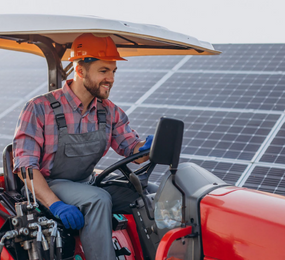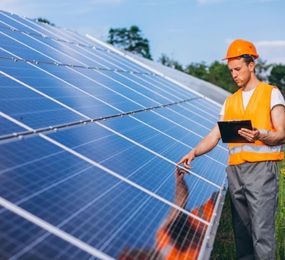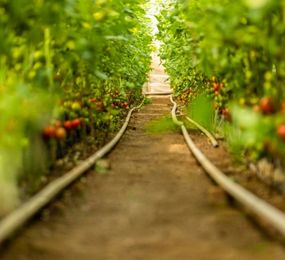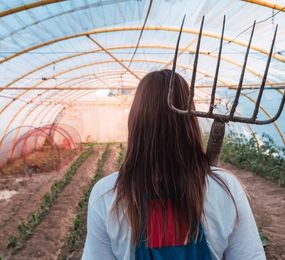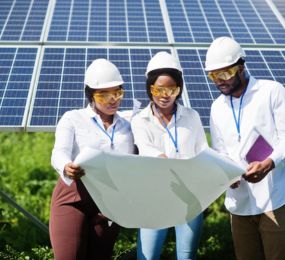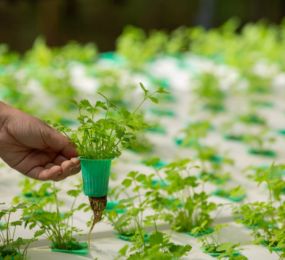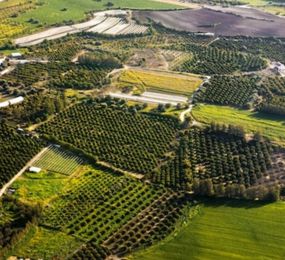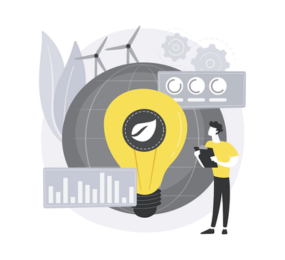In an era of climate change and increasing population, ensuring food security has become a critical global challenge. Traditional agricultural practices face mounting pressures from resource scarcity, extreme weather events, and land degradation. In this context, AgriVoltaics, the innovative approach of integrating solar photovoltaic (PV) panels with agricultural practices, emerges as a promising solution for bolstering food security.
Here's how AgriVoltaics plays a pivotal role in safeguarding our food supply:
1. Land-Use Optimization: By sharing land between solar energy production and food cultivation, AgriVoltaics maximizes land utilization. This allows for increased food production without expanding agricultural land, mitigating land scarcity and protecting natural habitats.
2. Microclimate Control: The shade provided by PV panels creates a beneficial microclimate for crops, protecting them from extreme heat and harsh sunlight. This can be particularly advantageous in regions prone to droughts and high temperatures, reducing stress on crops and ensuring consistent yields.
3. Improved Water Efficiency: AgriVoltaics contributes to water conservation by reducing evapotranspiration, the process by which plants lose water through their leaves. The shade cast by the panels helps retain moisture in the soil, requiring less irrigation and promoting water-efficient agriculture.
4. Enhanced Crop Health: The microclimate created under PV panels can also deter pests and diseases, reducing the need for harmful pesticides and promoting healthier crops. This translates to higher yields and better quality produce, further contributing to food security.
5. Diversification of Agricultural Practices: AgriVoltaics enables the cultivation of a wider variety of crops, including shade-tolerant species that thrive under the PV panels. This diversification strengthens agricultural resilience and reduces dependence on specific crops, enhancing food security in the face of climate change and changing environmental conditions.
Beyond its direct impact on food production, AgriVoltaics offers additional benefits that support sustainable food systems:
-
Increased income for farmers: Revenue generated from selling solar energy provides farmers with an additional income stream, enhancing their economic stability and investing in sustainable practices.
-
Climate change mitigation: By reducing reliance on fossil fuels, AgriVoltaics contributes to mitigating climate change and its detrimental effects on agricultural productivity.
-
Community development: AgriVoltaics projects can be designed to empower local communities, providing jobs and fostering sustainable development through solar energy generation and food production.
As the world grapples with the complex challenges of food security, AgriVoltaics offers a compelling solution for creating a more sustainable and resilient food system. By harnessing the power of solar energy and optimizing land use, AgriVoltaics holds immense potential to ensure abundant and secure food production for generations to come.
To register or learn more about the Forum please check here:https://bit.ly/41cUdvr.
For more information and group participation, contact us: [email protected]


